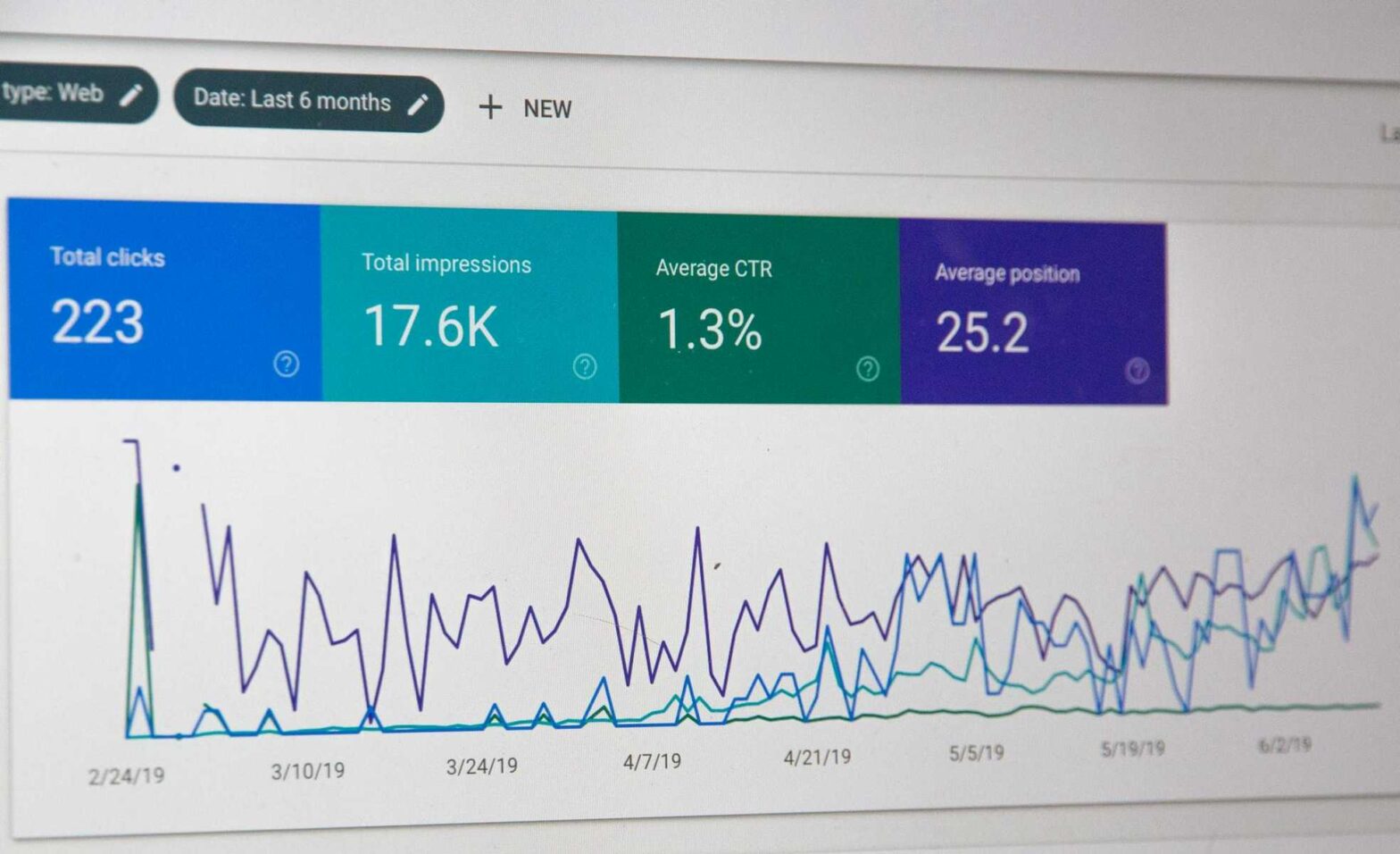SEO for eCommerce: Strategies to Drive More Online Store Sales
The domestic eCommerce market in Australia expanded by more than 11% in 2020. So if you run an eCommerce business, your competition is fierce. This means that you need to stand out from the crowd.
Fortunately, there are plenty of customers to go around. In fact, more than 80% of people in Australia buy from online retailers. Promoting your business online will help you tap into this wealth of retail potential, and this is where boosting SEO for eCommerce can help.
Working on your SEO helps to bring traffic to your company’s website and boost sales. This is why it is an essential part of any eCommerce strategy.
So what exactly is SEO, and how does boosting it for your eCommerce store work? Read on to find out our top SEO tips that will drive sales for your business.
What Is SEO for eCommerce, and Why Is It Important?
91% of people around the world use search engines, such as Google, to find businesses and information online. So these websites play a vital role in the success of your business.
Because of this, SEO (or search engine optimization) is an important strategy for any online business. This seeks to improve your visibility on search engine results pages (also known as SERPs.)
Search engines rank websites based on how well they match the search criteria provided by the searcher. This makes it easier for people to find a specific website or piece of information online.
However, as a business, it can also help bring more customers to your website. The higher up your page features in the search engine ranking, the more people will see it. A number of things can impact this, including:
- The content included on your website
- How well the language on your website matches a search
- How long visitors stay on your website for
- How well connected your website is
Appearing high up on a SERP can seriously increase the amount of traffic being brought to your website, and this directly impacts your sales. So how can you improve your SEO for eCommerce strategy?
Well, this mainly centers around improving your company’s eCommerce website. Let’s take a closer look at our tips for improving the SEO content of your online store.
Promote Keywords in Your Website Copy
Keywords are an essential part of any SEO strategy. These are words or phrases that match searches your potential customers might make.
For example, let’s say your company sells cosmetic products. Then relevant keywords for you might include:
- Cosmetic beauty
- Make-up
- Skincare routine
- Brands or products that you sell (such as nude lipstick or SPF 15 foundation)
Including these throughout your site will increase your chances of matching a customer’s search. As a result, your website will appear higher up on a SERP.
The more pages and products your website has, the easier this is. However, most search engines will penalize websites that overuse keywords. So it is important to strike a good balance in your website’s copy.
Using a variety of keywords and secondary keywords can help you boost your SEO without you being penalized.
Work on Your Product Pages
Your product pages do not just provide information for your customers. They can also help to draw new customers to your website if you use them properly.
Because of this, you should always make sure that you:
- Include plenty of information about each product
- Highlight its key features
- Use brand names as well as generic descriptions
- Provide photos or videos of your products in action
- Link to other similar products at the bottom of the page
This will help you create informative and helpful product pages that drive sales.
On top of this, it will keep customers on your website for as long as possible. Search engines interpret this as your website being a relevant search result. So it can boost your ranking in future searches.
Provide Detailed Product Category Descriptions
Product pages aren’t the only way to keep customers on your website and promote your keywords.
A lot of eCommerce websites overlook the potential of category descriptions. This is the copy featured at the top of your product category web pages.
Your category descriptions are great places to provide keywords and internal links for your other web pages. For example, if you sell clothing, your “Women’s Trousers” category description could include links to:
- A jeans webpage
- A leisurewear webpage
- An officewear webpage
- A formalwear webpage
- A cargo pants webpage
Doing this makes it easier for your customers to navigate your website. It also offers them more shopping options. So they are likely to spend longer opening webpages and exploring your website.
Start Using Product Snippets
A product snippet essentially feeds more product-related data to search engines. This involves using a structured data type that will display product-rich results.
You can include specific information using product snippets. This might include your product name, its image, descriptions, and reviews.
This helps searchers find specific products that are relevant to their search quickly. As a result, you increase your chances of converting website traffic into sales.
It is important to follow search engine markup guidelines when creating snippets to avoid being penalized.
Include Internal Links Throughout Your Site
As we have already mentioned, the longer people spend on your website, the better your search ranking. Because of this, it is important to create a website that is easy to navigate and encourages visiting searchers to explore it further.
Some simple ways to do this include:
- Providing similar, recommended products at the bottom of your product pages
- Having an easy-to-spot search box at the top of your website
- Promoting offers and discounts in the banner of your webpage or on your product pages
- Inviting visiting searchers to subscribe for information on further deals
Internal links are another great way to keep people on your website. These link to other web pages throughout your site.
For example, let’s say you run a homeware eCommerce site. In that case, a product description for a kitchen table could include links to other kitchen products or category pages.
This increases your traffic to multiple web pages from a single search.
Create Blog Content to Promote Keywords
Some search engine users will go online looking for specific products. However, a huge number of them go online to look for information or advice.
Providing informative blog content can help to draw these searches onto your eCommerce website. This content should relate to the type of products you sell. For example, you could share:
- “How to” articles
- Blogs providing tips, advice, and inspiration
- Product reviews
- Listicles about your top five products
Blog content is a great place to promote your website’s keywords. You can also include internal links to products and other blog content.
Even if a searcher doesn’t go on to buy something from your website, the time they spend reading will boost your search engine ranking.
However, it is important that you provide interesting, informative, and well-written content on your blog. Searchers will quickly click away from articles that aren’t useful or are presented poorly. Because of this, it can help to get support from experts in SEO writing.
You should publish new content as regularly as possible and promote your blog content throughout your website. You can also promote this on your company’s social media platforms, so it gets more attention. The more hits this gets, the better your search engine ranking will be.
Add Alt-Text to Your Images
The words on your website are not the only things that can improve your search engine ranking. In fact, the images on your site can make a huge difference.
This is because search engines rank the images on your website as well as the text. They do this using the image title and its alt-text.
Alt-text is the description that you provide for each image when you upload it to your website. This should describe the content of each image concisely.
Providing more detail in your alt-text can help boost SEO. For example, if you sell clothing you could upload an image with the alt-text “green dress.” However, changing this alt-text to “women’s green midi dress sizes XS-XXL” provides more information.
This means that your image is more likely to match searches. This also improves your website accessibility for people with vision impairments. So these customers will feel more comfortable exploring your website.
Get an SEO Audit of Your Website
If you aren’t sure where to start with boosting your SEO, it can help to get an SEO audit. This involves an SEO expert looking through your website, from its content to its overall design.
They will then provide an assessment of what is working and what needs improving. This can help you use your SEO budget and strategy wisely.
Get Support Improving Your Site’s SEO
As you can see, SEO for eCommerce can have a huge impact on your business’s success. So it is worth investing time and money into improving your website.
If you would like to improve your eCommerce company’s SEO, help is at hand. Schedule a free strategy call with the Click Squad today to start your business on the road to success today.













0 Comment